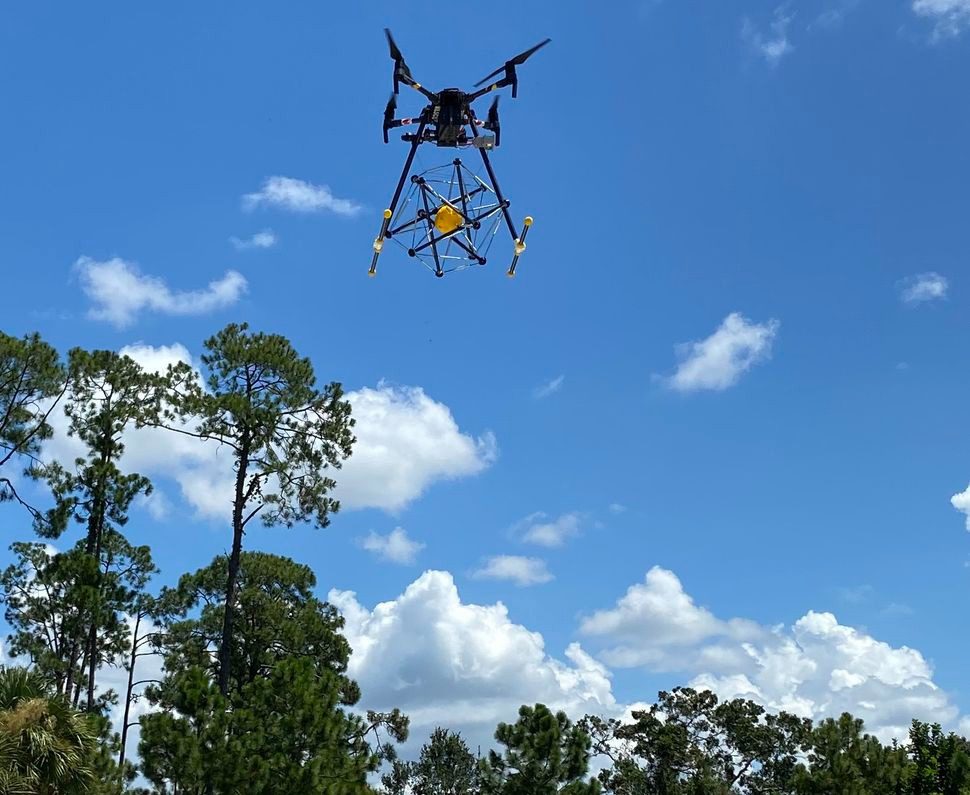Sometimes, the stars give us technologies that end up shining here too, on our planet. I say this for all those who short-sightedly criticize the space research because they think they are of little use: imagine a feather-light robot, designed to explore the rugged terrain of Mars, now finding itself playing a crucial role helping in rescue efforts on Earth. Squishy Robotics, a Californian startup, could change the way we deal with emergencies, demonstrating that innovations of this type have distant ambitions, but effects very close to us.
The journey of an unconventional “hero”.
When we think of robots, we often imagine rigid, metallic machines. Yes, of course, there are also soft robots, but we are working on it. Squishy Robotics is an interesting middle ground: a spherical, lightweight and malleable device equipped with complex sensors that allow it to assess dangers from a distance and plan an approach for rescuers before they enter areas affected by disasters such as fires, chemical accidents and even war zones.
Alice Agogino, co-founder and CEO of Squishy Robotics, shared the revolutionary vision behind this invention. “If we can do it on the Moon, we can do it on Earth and save lives,” he has declared. And she's not the only one who believes it. In 2014, NASA awarded his team $500,000 to study the robot's mobility using gas thrusters, ideal for blasting it into areas of the Moon or Mars not easily accessible by astronauts. And today it comes in handy for rescue operations.
A light but powerful ally
With its weight of less than 1,3 kilograms, this robot can be easily attached to drones already on the market. And it has also already been used successfully: for example, to investigate the consequences of a train derailment in Florida. But it doesn't stop there. Its skeletal and mesh-like structure is critical for distributing impact force, protecting the delicate sensors inside. This principle, known as "tensegrity" (tension integrity), is what makes it so versatile and "resilient" (I don't really like this term, I find it overblown, but I couldn't think of a better one).

Tests and practical applications in rescue operations
In tests, the robot demonstrated that it can withstand falls from great heights and harsh environments. It was even exposed to an explosion in a test chamber while still transmitting data and video. Squishy Robotics interviewed 300 rescuers to better understand in which phase of the rescue the robot could be useful. Originally, the robot was designed to be flat enough to fit into a spacecraft headed to the Moon or Mars. Today it can make a difference in space and also on Earth.
Because, you see, space innovations have an amazing way of impacting our daily lives. To the point that only the most uninformed can deny their usefulness. Always look to the stars, friends. Lift yourself a little, in every sense, off the ground.


